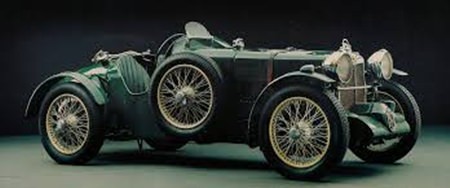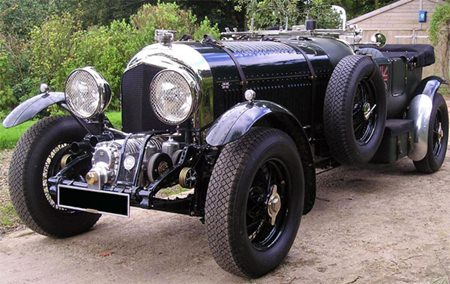French automotive supplier Valeo is providing details on their upcoming electric supercharger technology.
Set to make its debut in the Audi SQ7, Valeo’s system consists of an electric supercharger which according to the company can reduce fuel consumption by 7 percent to 20 percent and it also eliminates most of the lag as the power will be available at a lower rpm.
Valeo claims they have a one or two-year lead over other automotive suppliers as far as the supercharger technology is concerned. US-based Honeywell say they will launch their own system between 2017 and 2019. They describe it as being an “electrically driven compressor” or an “e-charger” which will be able to provide “very, very good transient response (very low lag) at the low end of the engine speed.”
 MG K3.
MG K3.
According to Valeo, the Audi SQ7 will be the first production car to benefit from this technology.
However, here is the ‘real’ situation. Instead of being crankshaft driven, an electrically operated supercharger would give instant boost, irrespective of engine crankshaft speed, and without the large losses of the belt driven blowers.
An example is the supercharger made by Controlled Power Technologies. The company’s low cost production-ready Variable Torque Enhancement System (VTES) employs an electrically driven supercharger on demand (within 350 milliseconds) when the driving conditions demand it. The VTES can be implemented on current vehicles, using existing 12 volt electrical architecture.
Nick Pascoe, chief executive of Controlled Power Technologies (CPT), presented the new forced induction variant at the JSAE (Society of Automotive Engineers of Japan) international annual congress many years ago.
He said, “Legislators have recognized the political urgency for reducing carbon emissions in response to increasing consumer concern. However, vehicle manufacturers will only sell reduced CO2 vehicles if the price is affordable to the mass market consumer. Engine downsizing has been shown to be one of the most cost effective routes to vehicle CO2 reduction and European carmakers are already moving rapidly towards a 30 percent reduction in the displacement of their mid-sized engines. When correctly matched to the engine, VTES (electrical supercharger) can dramatically increase the air charge density over the critical first 10 combustion cycles of a low speed transient operation, delivering real improvements in both torque and emissions performance, where it matters most,” says Pascoe.
 Blower Bentley.
Blower Bentley.
“This global downsizing trend will only succeed, however, if the technology is cost effective and the driving experience still satisfies the mass market consumer. Therefore market success for the car makers will ultimately be influenced by their ability to maintain or improve vehicle drivability at the lowest possible total system cost.” This is a direct hit at the hybrid ‘solutions’ being touted by many manufacturers, and whilst the hybrids do work, give better consumption and less CO2, they are expensive. Not everyone is prepared (or can afford) the cost to be ‘green’. “To achieve this (being ‘green’), smaller engines would typically require sophisticated boosting systems.
“However, there are simpler and more cost-effective solutions now available that can prevent such systems becoming more complex and expensive than the engine itself,” said Pascoe.
I must add, that like most things in the automotive world, supercharging is nothing new. The first functional supercharger can be attributed to German engineer Gottlieb Daimler who received a German patent for supercharging an internal combustion engine in 1885. Louis Renault patented a centrifugal supercharger in France in 1902. There are countless examples of early automotive pioneers who used supercharging to set speed records and win races, but cost, noise and practicality always relegated superchargers to the race track or the exotic and the elite. Auburn, Bentley (the ‘Blower’ Bentleys), Cord 812, Duesenberg, Stutz, Mercedes-Benz, MG (the wonderful K3) and Packard were a few of the marques with supercharged engines in the 1920s and 1930s.
Even in the air, during World War I, the British turned to supercharging to shoot down German Zeppelins. To fly as high as the air ships, aircraft engines needed boosting to overcome the power loss that occurred at higher altitudes, and supercharging did just that.
But, looking again, electrically powered superchargers are unlikely to achieve the massive amounts of boost that can be supplied by conventional types but have a viable application as a low cost intermediate performance enhancement. Their real advantage is that boost can be supplied at low engine speeds increasing power and torque in this range thus making the engine more flexible and responsive.
Another reason for the electric evolution – rather than revolution!




